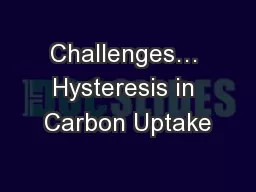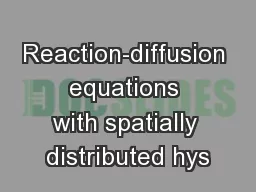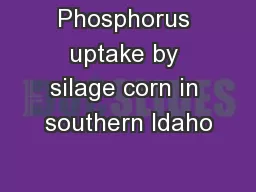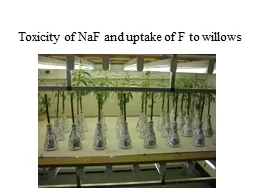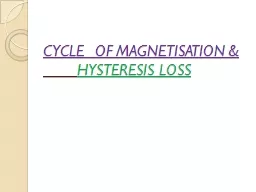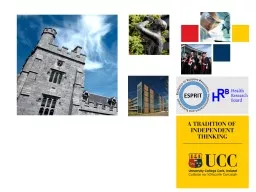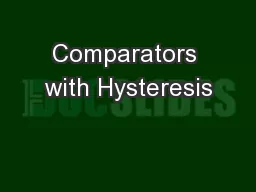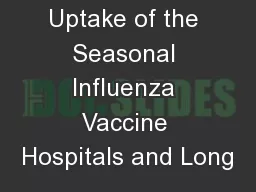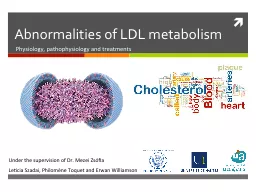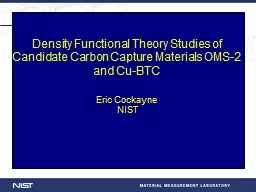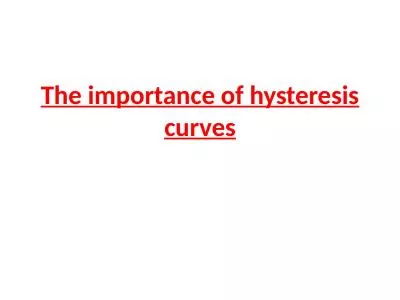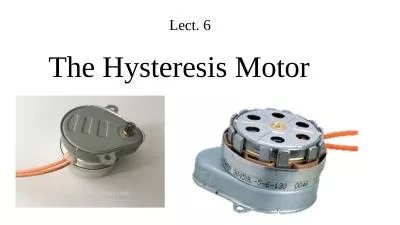PPT-Challenges… Hysteresis in Carbon Uptake
Author : kittie-lecroy | Published Date : 2017-04-04
Assessing the climate impacts of land cover and land management using an eddy flux tower cluster in New England Land use land management and land cover change influence
Presentation Embed Code
Download Presentation
Download Presentation The PPT/PDF document "Challenges… Hysteresis in Carbon Uptak..." is the property of its rightful owner. Permission is granted to download and print the materials on this website for personal, non-commercial use only, and to display it on your personal computer provided you do not modify the materials and that you retain all copyright notices contained in the materials. By downloading content from our website, you accept the terms of this agreement.
Challenges… Hysteresis in Carbon Uptake: Transcript
Download Rules Of Document
"Challenges… Hysteresis in Carbon Uptake"The content belongs to its owner. You may download and print it for personal use, without modification, and keep all copyright notices. By downloading, you agree to these terms.
Related Documents

